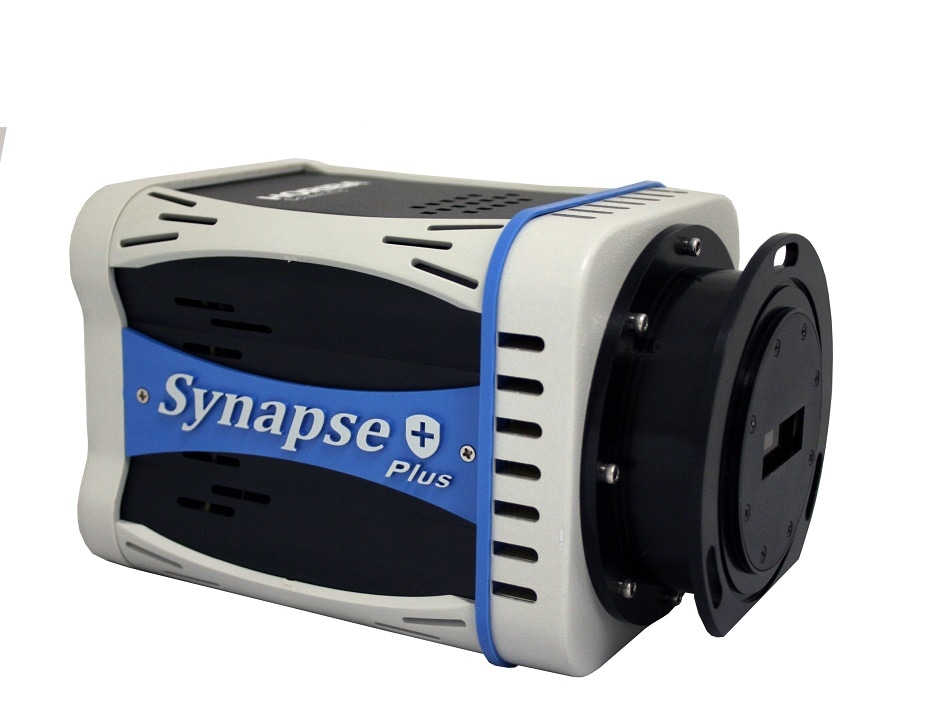
Image Credits: HORIBA Scientific
HORIBA Scientific, global leader in Optical Spectroscopy components, systems and solutions, is proud to announce its new line of SynapsePlus CCDs for high speed and low light applications.
The SynapsePlusoffers super-fast electronics while maintaining low noise and excellent signal linearity, all leading to unparalled sensitivity for low light and fast kinetics studies in applications such as Raman and Photoluminescence.
Available with multiple sensors, the Synapse CCDs are deep thermo-electric cooled to -80oC, and offer high spectral resolution. In addition, SynapsePlus comes with anti-fringing, and quantum efficiency enhancement technology, and all are capable of acquiring data at thousands of spectra per second.
With a maximum frame rate of 2200 spectra per second and outstanding sensitivity and linearity, the SynapsePlus is the ideal scientific camera for Raman, absorption, transmission, photoluminescence, reflectance and fast kinetics applications. The SynapsePlus complements our other lines of deep cooled, high performing spectroscopic scientific cameras, including the Synapse EMCCD back- and front-illuminated camera, which was released last year, and our Syncerity and Symphony II cameras.
Francis Ndi, Product Line Manager, Optical Spectroscopy Division, HORIBA Scientific
The SynapsePlus is currently available in the following sensor formats:
- Open Electrode (OE) 1024 x 256 pixels
- Front-illuminated UV enhanced (FIUV) - 2048 x 512 pixels
- Front-illuminated visible (FIVS) - 2048 x 512 pixels
- Back-illuminated UV enhanced (BIUV) - 1024 x 256 and 2048 x 512 pixels
- Back-illuminated visible (BIVS) - 1024 x 256 and 2048 x 512 pixels
- Back-illuminated deep depletion (BIDD) – 1024 x 256 pixels.
You can find more information on these new cameras at: http://www.horiba.com/synapseplus